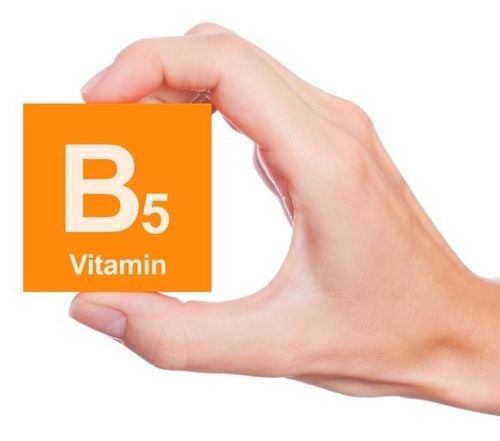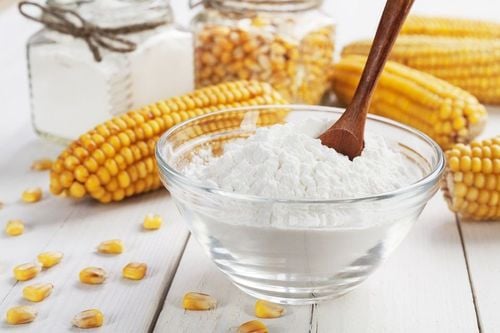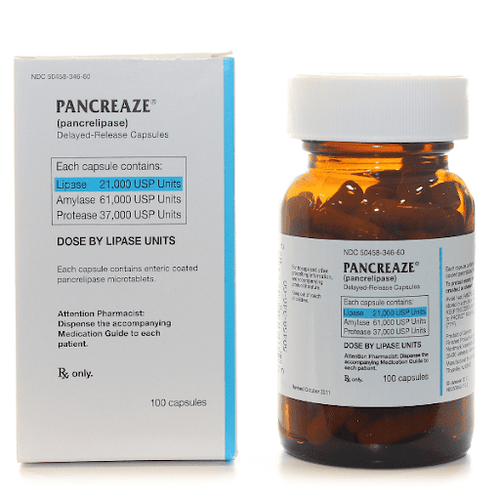This is an automatically translated article.
Wheatgrass is believed to be a food that can strengthen the immune system, detoxify and help the body ward off disease. Traditional medicine practitioners also used wheatgrass to treat constipation or relieve pain caused by rheumatism. So is the use of wheatgrass really good for health?
1. What is wheatgrass?
Wheatgrass is a food made from the plant Triticum aestivum. It grows in temperate regions throughout Europe and the United States, and can live indoors or outdoors. It is considered a health food with many amazing benefits. Wheatgrass is commonly used as a fresh juice, but it can also be used in powdered form. Fresh wheatgrass juice is considered a raw food.
Nutritional composition of wheatgrass (8g) includes: 25 calories, 1 gram of protein, 6 grams of carbohydrates, 4 grams of fiber. In addition, wheatgrass is also a source of natural vitamins and minerals including: vitamins A, E, C, K, B6, calcium, selenium, magnesium, iron...
People interested in foods This plant has long raved about the numerous benefits of this plant and for good reason. Because, wheatgrass can be used as a daily health tonic and can even help treat a variety of ailments. However, more in-depth and long-term studies are still needed to establish specific bases for the potential effects of wheatgrass.
2. Use Wheatgrass
The leaves of wheatgrass are difficult to digest. Therefore, they are often crushed and pressed to make drinking water. The leaves can also be dried and made into pills in the form of capsules.
Some people mix wheatgrass with water and use it as an enema to cleanse the digestive system. Others eat wheatgrass raw because they believe that when cooked, it destroys all the natural enzymes that provide real body health.
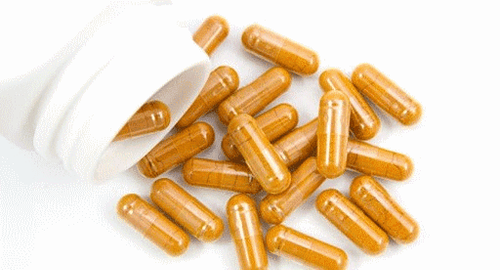
Hiện nay cỏ lúa mì có thể được bào chế dưới dạng viên nang và sử dụng dễ dàng hơn
3. Some Benefits of Wheatgrass
3.1. Benefits of Wheatgrass for the Digestive System Despite all the claims of health benefits, evidence shows that wheatgrass actually has a detoxifying or preventive or curative effect. Most of the small studies that have been done focus on the effects of wheatgrass on the digestive system:
Improve symptoms of ulcerative colitis Research by researchers in Israel has shown that, treating with wheatgrass juice reduces the symptoms of ulcerative colitis - colitis . Although scientists have shown possible benefits from wheatgrass, more research is needed to confirm this effect.
Reduces side effects of chemotherapy Although there is no scientific evidence that wheatgrass can shrink tumors or increase survival rates in cancer patients, a preliminary study of 60 women breast cancer patients have found that wheatgrass reduces some of the harmful effects of chemotherapy without changing the effectiveness of the treatment.
3.2. Some other benefits of wheatgrass Antioxidants Like many plant products, wheatgrass contains ingredients that act as antioxidants. These substances may have health benefits.
As the body performs natural processes, it creates by-products that can be toxic to the body. If toxins remain in the body, oxidative stress can result. High levels of oxidative stress can lead to health problems including cancer. Antioxidants from wheatgrass can help the body get rid of these toxins.
Antioxidants also help fight chronic inflammation, which occurs when the immune system reacts to an unwanted substance, such as autoimmune conditions with diseases such as: rheumatoid arthritis, type 1 diabetes and Psoriasis .
Cancer Prevention Some scientists say that wheatgrass is structurally similar to hemoglobin. Hemoglobin is a protein that carries oxygen throughout the body. For this reason, they argue that wheatgrass can enhance the supply of oxygen to the blood. Additionally, wheatgrass contains enzymes with antioxidant properties that can help prevent oxidative damage to DNA.
In 2017, these scientists applied a wheatgrass preparation to oral cancer (oral squamous cell cancer) cells in the laboratory. They found that the growth of the cancer cells slowed down. For that, they suggest wheatgrass could one day be the basis of a drug to treat this type of oral cancer.
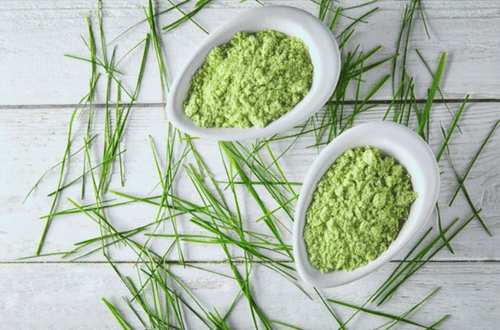
Sử dụng cỏ lúa mì có thể giúp người bệnh phòng chống bệnh ung thư
Fight infections Some 2015 studies show that wheatgrass can kill or slow down the growth of some infections. This can be especially helpful in treating antibiotic-resistant infections, or people who are allergic to antibiotics.
Researchers have published the results of an experiment performed in a test tube. The findings indicate that wheatgrass has antibacterial properties that can fight certain types of infections such as: streptococcal (strep) and certain forms of bacteria such as: Lactobacillus.
Prevention and treatment of type 2 diabetes Wheatgrass is used as a traditional medicine to treat type 2 diabetes, and some scientists have found evidence of this benefit. A 2016 study conducted on rats found that wheatgrass increased insulin levels and helped lower blood sugar.
Experts believe that inflammation plays a role in diabetes. Therefore, wheatgrass can prevent diabetes by fighting inflammation which helps control both the disease and some of its complications.
Obesity Obesity is one of the main risk factors for diabetes. Along with high blood pressure, high cholesterol, and other health problems, they make up metabolic syndrome. Metabolic syndrome often begins with obesity.
A rat study published in 2014 found that wheatgrass can help treat obesity. The mice that ate the wheatgrass extract gained less weight and had fewer obesity-related complications than those that didn't.

Người bệnh béo phì có thể sử dụng cỏ lúa mì giúp đem lại lợi ích cho sức khỏe
4. Some risks when using wheatgrass
Most of the studies reported no significant side effects after using wheatgrass. However, this may depend on the form of the product and individual usage.
Some people may have sensitivities or allergies leading to unwanted reactions. However, people with celiac disease and those who are sensitive to gluten can still use wheatgrass because only wheat grains and not wheatgrass contain gluten.
A study that looked at the effects of wheatgrass on children with thalassemia found that some children started having gastrointestinal problems at first, but this resolved within a few days. .
Currently, there is not enough evidence to prove that wheatgrass can cure all diseases. Therefore, before using this type of food, you should consider and maybe learn more advice from your doctor.
5. How to use wheatgrass
Wheatgrass can be used as raw flour or powder in smoothies and juices. You can choose to mix it with milk, honey or fruit juice to enhance the delicious taste of this food. Or you can use wheatgrass in capsule form with added flavor.
In summary, many studies have found promising results on the benefits of wheatgrass, but these are mostly small studies. However, there is still not enough evidence to prove wheatgrass can treat or prevent any medical condition on its own.
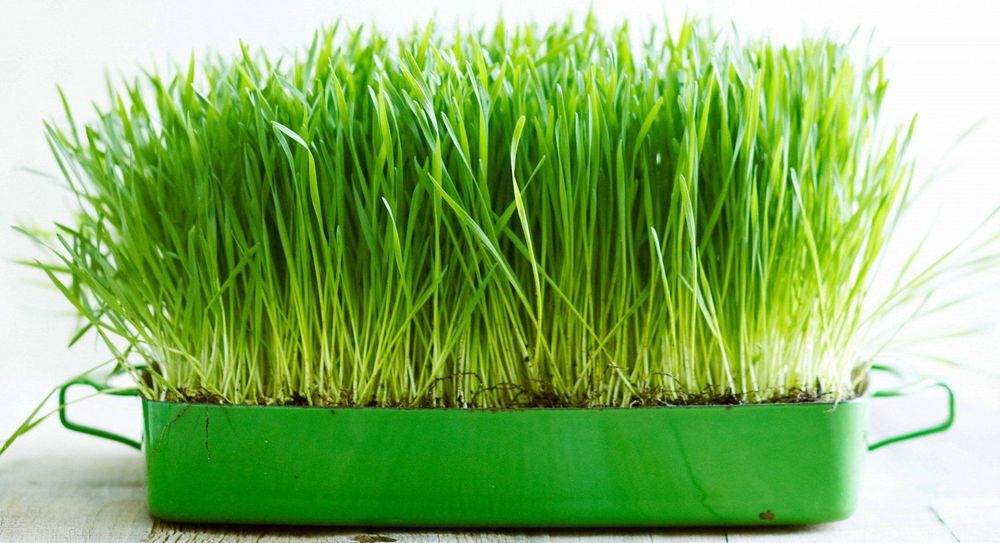
Bên cạnh đó cũng có một số rủi ro khi sử dụng cỏ lúa mì
To register for examination and treatment at Vinmec International General Hospital, you can contact Vinmec Health System nationwide, or register online HERE.
References: webmd.com, medicalnewstoday.com





